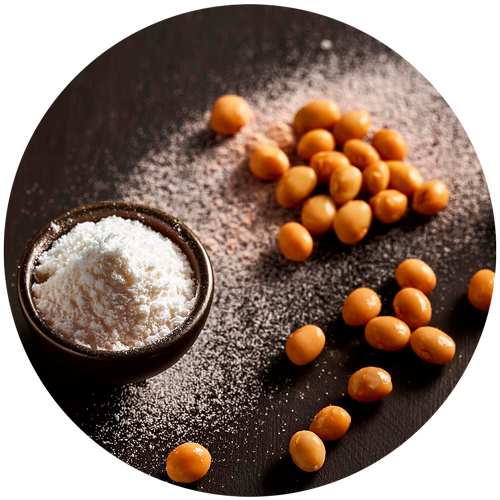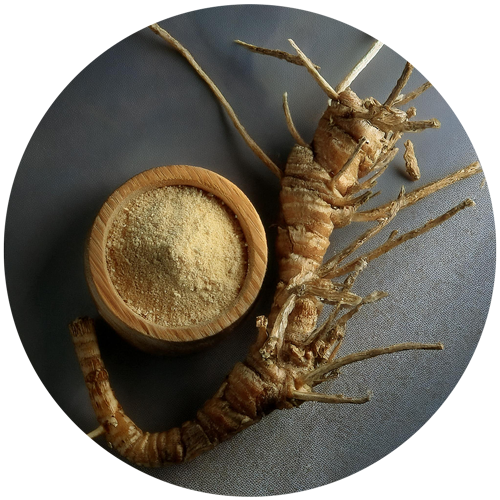

RED VINE
 Cardiovascular system
Cardiovascular system  Circulation
Circulation  Beauty
Beauty Red vine leaf is derived from the climbing plant Vitis vinifera. Widely cultivated throughout the world, it is rich in polyphenols, mainly flavonoids, catechin derivatives, anthocyanins and stilbenoids, such as trans-resveratrol and trans-ε-viniferin.
Our references
Regulations
and analysis
Identification : TLC
Data on traditional use
Cahier de l’agence du médicament (France):
-
Used to reduce the sensation of heavy legs
-
Used in cases of fragility of the skin’s small vessels
EMA monograph :
-
Used for venous circulation (heavy legs, pain, fatigue, tension, calf cramps…).
-
Used for skin capillary fragility
Association ideas by health axis
Select one or more axes:

Detailed description
In both northern and southern climates, the biological activity of V. vinifera is determined by the presence of high levels of polyphenols: mainly flavonoids such as quercetin and kaempferol, catechin derivatives, anthocyanins and stilbenoids such as trans-resveratrol and trans-ε-viniferin.
Red vine, through its fruit and leaves, has interesting properties for the cardiovascular system, liver health and antioxidant activity, particularly when used as a dietary supplement.






